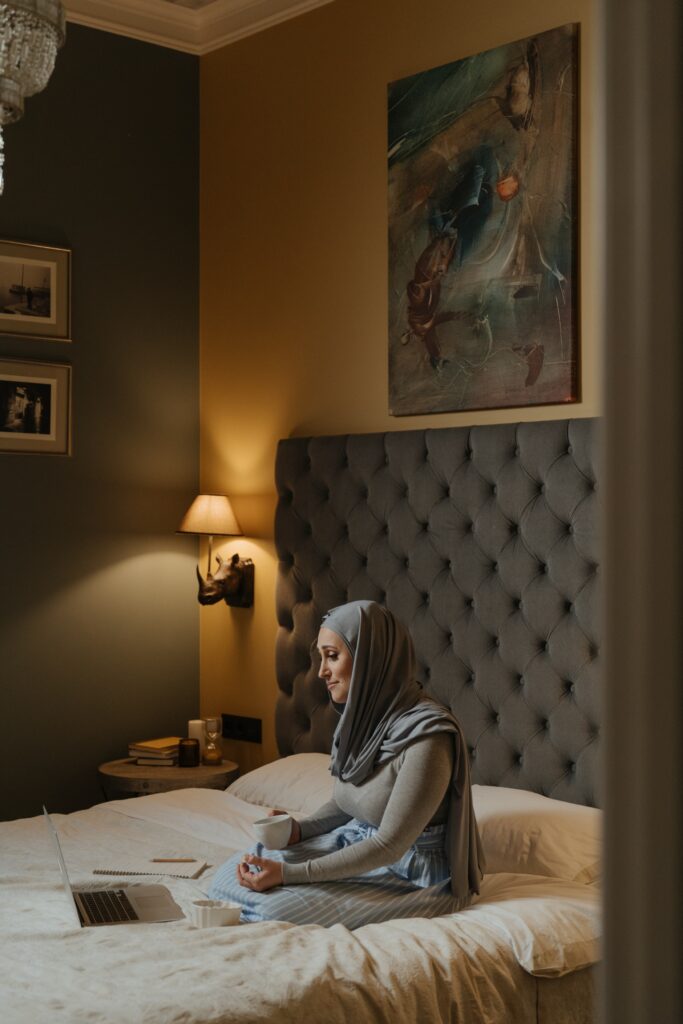How to Write a Movie Review
Movies have always been an important part of our cultural landscape, and a well-written movie review can offer a critical perspective, give valuable insights, and share personal sentiments about a film. But writing a movie review isn’t as simple as just giving your opinion; it’s a skill that requires understanding, analysis, and effective communication. Whether you’re a budding film critic or a movie lover, this guide will help you master the art of writing a movie review.
Writepaper is your gateway to academic success. This platform is tailored to cater to your academic writing needs, offering comprehensive assistance with a variety of assignments. From meticulously researched essays to precisely crafted research papers and beyond, Writepaper’s team of dedicated professionals is here to support your academic journey.
Introduction to Movie Reviews
A movie review or write my research papers from EssayHub.com is more than just a summary of a film’s plot. It’s a critical evaluation of the film’s elements and a personal interpretation of its themes and messages. A well-written review can inform potential viewers about the movie’s content, provide an analysis of its strengths and weaknesses, and offer a personal opinion about whether it’s worth watching.
Movie reviews are essential because they contribute to the ongoing conversation about film and culture. They provide a platform for different perspectives and interpretations of a movie. And remember, anyone can be a film critic. All you need is a passion for cinema, a keen eye for detail, and the ability to articulate your thoughts effectively.
Understanding the Elements of a Movie
Before writing a review, it’s important to understand the key elements that make up a film. These elements include the plot, characters, cinematography, sound, editing, and themes.

Plot
The plot is essentially the backbone of the film. It’s the driving force behind every action, dialogue, and scene. A compelling plot should keep the audience engaged from start to finish. It must be clear and well-structured, leaving no room for confusion or boredom. An engaging plot includes an introduction that establishes the setting and main characters, a conflict that drives the story, and a resolution where the conflict is resolved. It’s also important to consider how the plot evolves – does it have unexpected twists or is it predictable?

Characters
Characters bring the plot to life. They’re not just individuals in a story – they’re representations of personalities, ideals, and struggles. Well-developed characters have distinct personalities, clear motivations, and face conflicts that need resolution. They also grow and change as the story progresses, which is known as character development. The protagonist is the main character that drives the plot, while the antagonist opposes them. Other types of characters include the supporting characters, who provide background and depth to the story, and minor characters, who help fill out the world of the story.

Cinematography
Cinematography is the art of visual storytelling. It includes all the visual elements that are used to represent the story and the characters. This includes the use of different types of shots (e.g., close-ups, wide shots), camera angles, lighting, and color schemes. For instance, a high-angle shot can make a character seem vulnerable, while low-angle shots can make them appear dominant. Lighting can set the mood, and color can reflect a character’s emotional state or signify specific themes.

Sound
Sound plays a crucial role in enhancing the movie experience. Dialogue delivers the narrative and helps to define the characters. Background music sets the tone and can dramatically impact a scene’s emotional resonance. Sound effects can make the movie environment feel more realistic. Diegetic sounds are sounds that the characters can hear, like a ringing phone or music from a radio, while non-diegetic sounds, like the film’s score or a voiceover, are only audible to the audience.

Editing
Editing is the process of assembling various shots into a coherent sequence. It determines the pace and rhythm of the film. Good editing is often invisible to the viewer – it should not distract, but rather enhance the storytelling. Continuity editing ensures the narrative flows smoothly, while more creative techniques like montages can provide a lot of information in a short time or emphasize a particular theme.

Themes
The themes of a movie are its central topics or messages. They’re often universal concepts that people can relate to, such as love, betrayal, friendship, or the struggle between good and evil. Themes give a film depth and make it more than just a simple narrative. They provoke thought and discussion, and a film’s ability to explore and handle its themes can often be a determining factor in its critical success. Themes can be presented through the plot, characters, dialogue, visual elements, or a combination of these.
Analyzing a Movie Critically
Watching a movie as a critic involves more than just enjoying the film. It requires critical thinking and active engagement. Here are some tips to help you analyze a movie critically:
- Watch the movie at least twice. The first viewing is to familiarize yourself with the plot and characters, while the second viewing allows you to focus on the details.
- Take notes. Write down your initial impressions and thoughts during the movie. Pay special attention to the film’s elements and any significant scenes or quotes.
- Form your own opinion. Consider your personal reaction to the film. Did it make you feel a certain way? Did it provoke thought or discussion?

Structuring Your Movie Review
A typical movie review consists of four main parts:
Introduction: This should include the title of the movie, the director’s name, and a brief overview of your thoughts about the film.
Summary: Provide a concise summary of the plot without giving away major spoilers. This gives your readers an idea of the movie’s story.
Critique: This is where you evaluate the movie’s elements. Discuss what worked, what didn’t, and why. Remember to support your points with examples from the film.
Conclusion: Summarize your review and give a final verdict. You can also provide a recommendation—would you suggest others watch this movie or not?
Tips for Writing a Great Movie Review
Here are some helpful tips to make your movie review stand out:
Use descriptive language. Try to describe scenes, characters, and your feelings in a way that makes your review engaging and vivid for the reader.
Incorporate your unique perspective. Your review should reflect your personal experience and interpretation of the film.
Balance your critique. Even if you didn’t like the movie, there may be aspects that were well done. Similarly, a movie you loved may have its flaws. A balanced review is more credible and useful for your readers.
Common Mistakes to Avoid
New reviewers often fall into some common traps. Here are some to watch out for:
- Spoilers: Try to avoid giving away crucial plot twists or endings. These can ruin the viewing experience for those who haven’t seen the movie.
- Being overly subjective: While your personal opinion is important, your review should not be solely based on whether you liked the movie or not. Remember to critically analyze the film’s elements.
- Lack of context: Provide relevant information about the movie, such as its genre, director, and any significant cultural or historical context. This helps readers understand your critique better.
Sample Movie Reviews
Reviewing example movie reviews can provide you with valuable insights into effective reviewing techniques. Here’s a brief analysis of a review excerpt:

This review effectively summarizes the film, comments on key elements, offers critique, and conveys personal interpretation, providing readers with a clear, concise perspective on the film.
Conclusion and Further Resources
Writing a movie review is a thoughtful process that combines observation, analysis, and effective communication. By understanding the elements of a movie, watching critically, and using these tips, you can write compelling reviews that resonate with readers. Whether you’re exploring this as a hobby or a professional aspiration, every review contributes to the vast and exciting world of film criticism.
For further reading, we recommend “Hitchcock” by Francois Truffaut and “How to Read a Film” by James Monaco. Happy reviewing!


